
Ozempic is shrinking waistlines and reshaping beauty standards one at a time. As this weight loss medicine surges in popularity, the beauty world scrambles to keep pace with its unexpected side effects. New skincare formulas and treatment trends are everywhere. Curious how this is rewriting the rules of aesthetic care?
Demand For Facial Volume Restoration Has Increased

Patients experiencing hollow cheeks and sunken features from Ozempic use are turning to dermal fillers like Sculptra and Juvederm. Providers report a sharp rise in facial volume restoration requests. It’s a reactive approach to restore lost subcutaneous fat without interrupting the medication.
Preventive Aesthetic Treatments Are Becoming The Norm

Instead of waiting for facial volume loss, patients are booking collagen-supporting procedures before beginning GLP-1. In fact, microneedling and radiofrequency therapy can reduce signs of aging over time. Clinics are now marketing these as smart pre-Ozempic steps, especially among middle-aged clients starting weight-loss plans.
Surge In Marketing Around Noninvasive Procedures
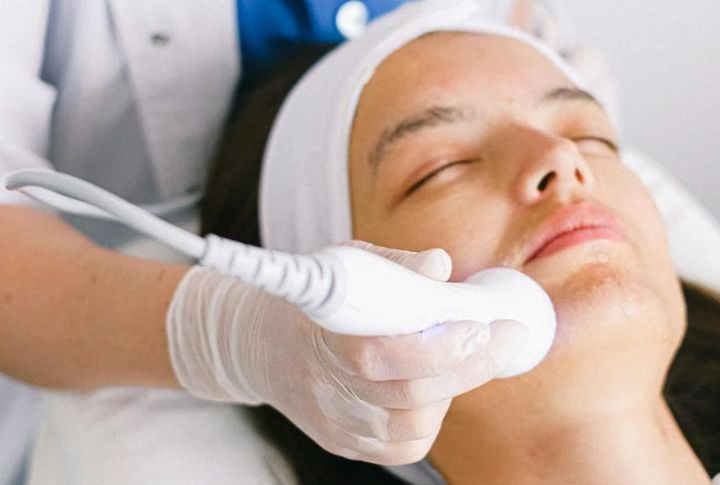
Aesthetic providers have rebranded noninvasive tools, like ultrasound skin tightening and laser resurfacing, as must-haves for Ozempic users. Brochures, websites, and influencer posts now highlight treatment bundles tailored for post-weight loss facial changes. This reflects a shift from optional pampering to perceived necessity.
Redefined Standards Of Facial Beauty And Aging
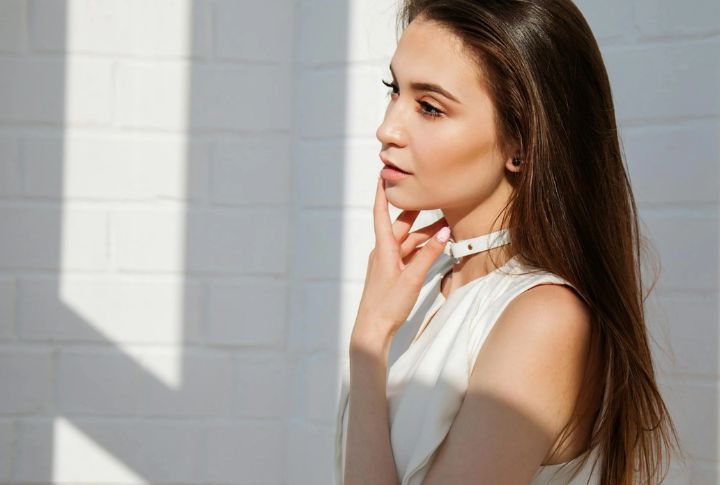
Cultural views around thinness and youth are evolving. “Ozempic face” has sparked conversations about balancing slimness with healthy aging. Many are reassessing their beauty goals, questioning whether extreme fat loss enhances or detracts from natural appeal. The trend further challenges previous ideals of sharp, lean faces.
Skincare Formulas Are Targeting Medication-Induced Skin Changes
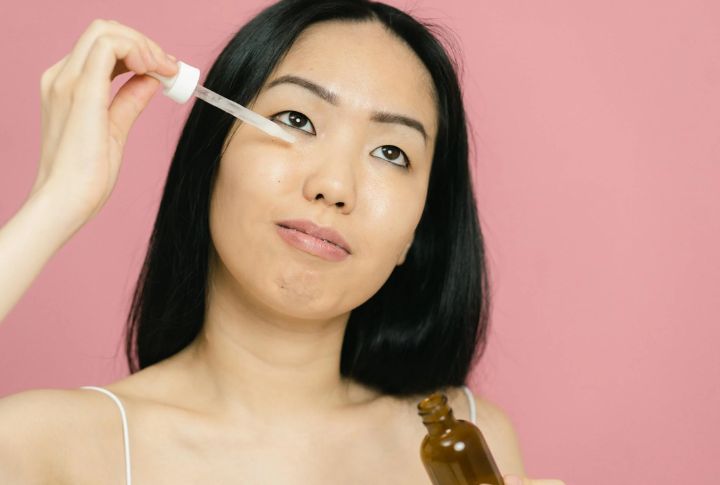
Several skincare brands have launched serums and moisturizers marketed specifically to Ozempic users. These products aim to combat barrier thinning, dryness, and dullness. Peptides, ceramides, and hyaluronic acid are featured in formulations targeting facial side effects caused by rapid subcutaneous fat loss and dehydration.
Social Media Is Driving Awareness Of Medication Side Effects
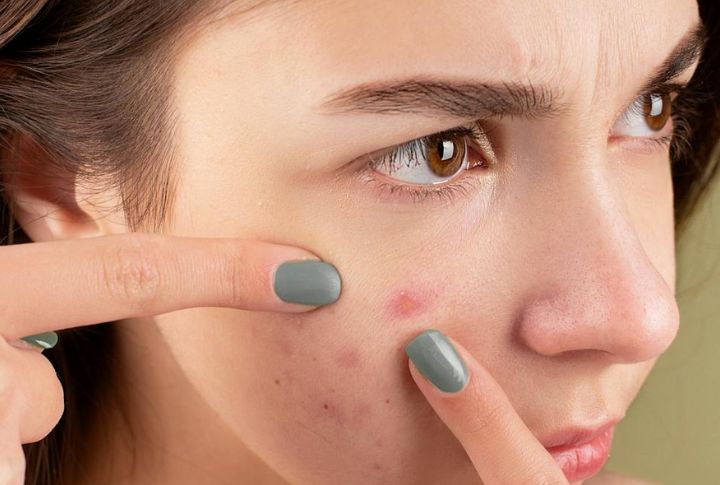
The term “Ozempic face” gained traction through TikTok and Instagram, where influencers shared before-and-after shots. This exposure helped normalize facial changes while alerting new users. As a result, younger demographics now enter treatment cycles more informed and proactive about the cosmetic impacts of weight-loss meds.
Holistic Beauty Trends Are Gaining Ground
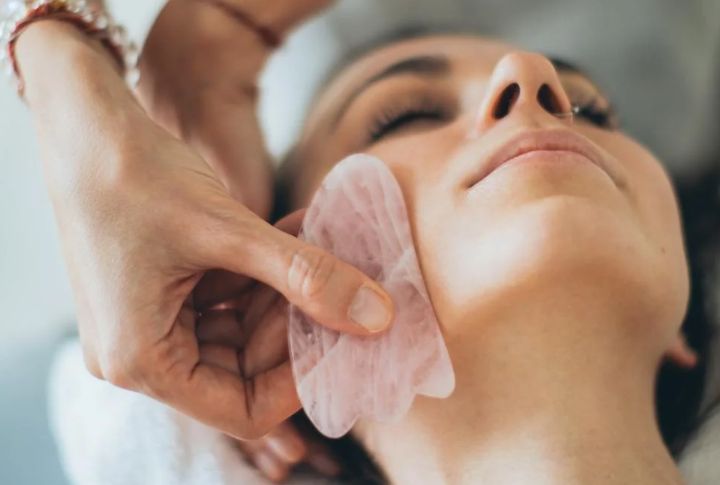
Rather than turning to injectables, some patients opt for gentler methods like gua sha, lymphatic drainage, or facial yoga. This holistic shift appeals to those prioritizing noninvasive maintenance. Influencers and wellness professionals now promote these techniques as supportive routines during or after Ozempic use.
Greater Emphasis On Post-Weight Loss Skin Management

Loose skin under the jawline and cheeks is a common side effect after Ozempic-driven fat reduction. To address this, clinics are recommending RF microneedling, ultrasound lifts, and biostimulant injectables. These treatments aim to tighten collagen fibers and restore skin tone without adding bulk.
Influencer Culture Is Reframing What Beauty Interventions Look Like
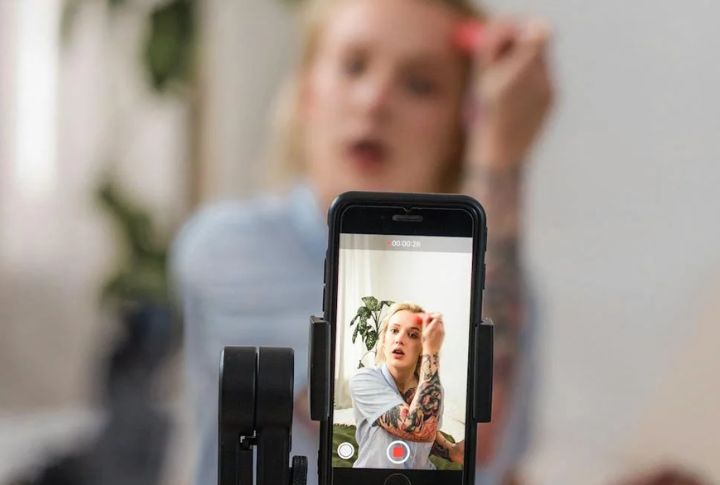
Beauty vloggers on platforms like YouTube now openly discuss post-Ozempic treatments. Their transparency reshapes public expectations, treating aesthetic procedures as recovery tools rather than luxury enhancements. People are speaking more freely about aesthetic procedures following rapid facial aging.
Surge In Demand For Consultations With Facial Experts
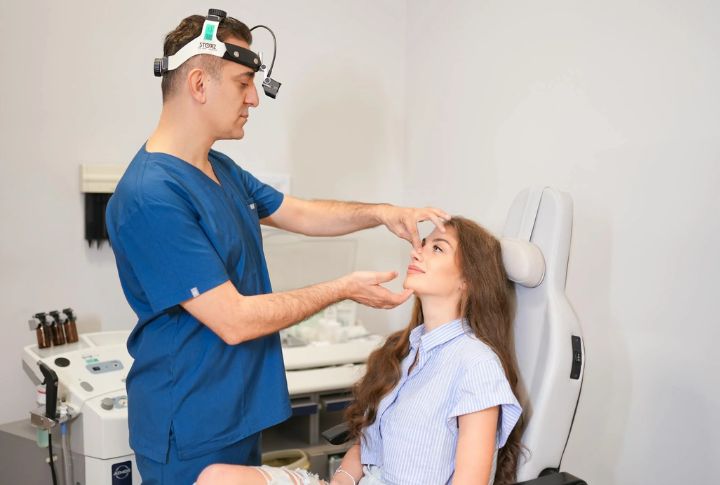
Plastic surgeons and dermatologists report a rise in facial mapping requests from Ozempic users. These consultations help patients anticipate changes and customize care plans. Rather than following trends, individuals now seek expert-led strategies to deal with aesthetic shifts linked to GLP-1 medication use.

Comments
Loading…